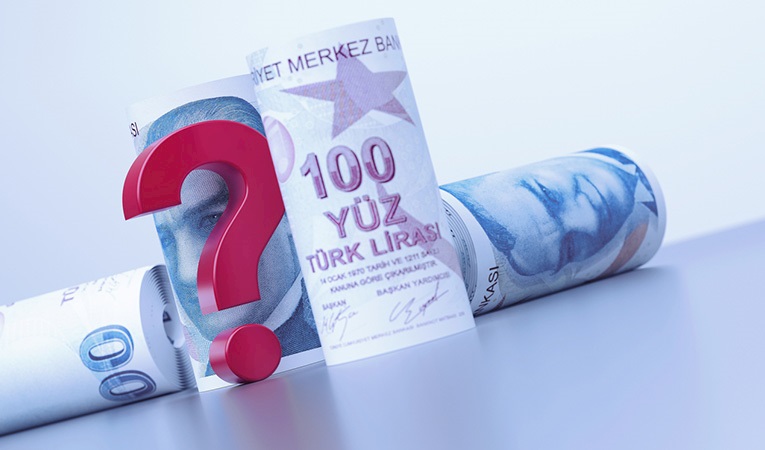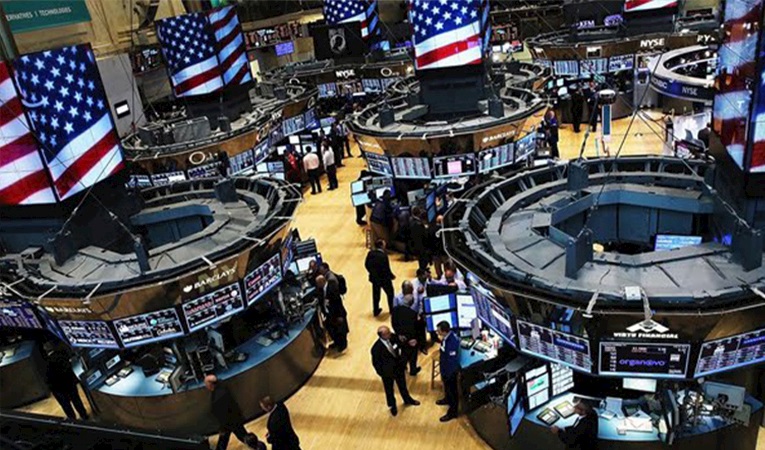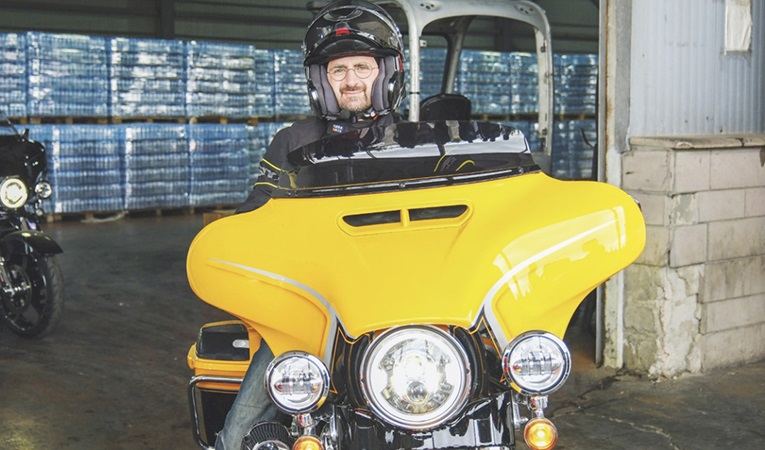
-
BIST 100
 10979,95%0,60En Düşük10848,97En Yüksek11000,09
10979,95%0,60En Düşük10848,97En Yüksek11000,09 -
DOLAR
 42,10%0,02Alış42,0976Satış42,1007En Yüksek42,1284
42,10%0,02Alış42,0976Satış42,1007En Yüksek42,1284 -
EURO
 48,38%0,04Alış48,3716Satış48,3791En Yüksek48,4479
48,38%0,04Alış48,3716Satış48,3791En Yüksek48,4479 -
EUR/USD
 1,15%0,01Alış1,1481Satış1,1482En Yüksek1,1500
1,15%0,01Alış1,1481Satış1,1482En Yüksek1,1500 -
ALTIN
 5372,76%0,80Alış5372,56Satış5372,96En Yüksek5398,27
5372,76%0,80Alış5372,56Satış5372,96En Yüksek5398,27
-
BIST 100
 10979,95%0,60En Düşük10848,97En Yüksek11000,09
10979,95%0,60En Düşük10848,97En Yüksek11000,09 -
DOLAR
 42,10%0,02Alış42,0976Satış42,1007En Yüksek42,1284
42,10%0,02Alış42,0976Satış42,1007En Yüksek42,1284 -
EURO
 48,38%0,04Alış48,3716Satış48,3791En Yüksek48,4479
48,38%0,04Alış48,3716Satış48,3791En Yüksek48,4479 -
EUR/USD
 1,15%0,01Alış1,1481Satış1,1482En Yüksek1,1500
1,15%0,01Alış1,1481Satış1,1482En Yüksek1,1500 -
ALTIN
 5372,76%0,80Alış5372,56Satış5372,96En Yüksek5398,27
5372,76%0,80Alış5372,56Satış5372,96En Yüksek5398,27
- Anasayfa
- Haberler
- Tüm Haberler
- Transition To Five Dimensions
Transition To Five Dimensions
Can a car have its own smell, software a sound, toothpaste a flavor? Martin Lindstrom, who is one of the world’s leading brand experts says: ‘It most certainly should’… He believes that brands are ...
Can a car have its own smell, software a sound, toothpaste a flavor? Martin Lindstrom, who is one of the world’s leading brand experts says: ‘It most certainly should’… He believes that brands are now shifting from the era of two dimensions to one of five dimensions. The more of a consumer’s senses a brand can address, and the stronger the bond it form with him/her, then the stronger it becomes and the greater its chances success. Lindstrom says that: “Forty percent of the brands in the Fortune500 will include this strategy in their marketing plans by the end of 2006.”
Don’t miss the trend for ‘sensory brands’
In the 1960s, when the legendary Rolls-Royce was king, the first consumers who bought the models produced after the Silver Cloud were greatly disappointed. These Rolls-Royce devotees claimed that the new cars just did not give them the same pleasure as the earlier models. The company conducted extensive research into the subject and realized that the reason for the difference was the smell. The interior accessories in the old models had had been made from natural products such as wood, leather and wool. When these were combined they produced their own special smell. In 1965 the interiors of the cars were renewed.
The management took action to tackle this customer dissatisfaction and formed a new team. The team’s mission was to recreate this smell artificially. The work continued for weeks and cost hundreds of thousands of dollars. In the end they hit upon the desired result and the customers were satisfied. Every car which has left the factory since that date has had the ‘unique Rolls-Royce smell’ added under the seats.
The bond that is formed with the consumer
Research shows that it is not just cars but that brands in every sector which succeed in addressing more than one of the consumer’s senses, and thus form a bond with them, are more successful. Martin Lindstrom, who is one of the world’s leading brand experts, draws attention to this in his new book ‘Brand Sense’.
Lindstrom explains that brands are moving from the era of two dimensions to one of five, and says that those brands which can successfully make this transition will leave their rivals behind. These five dimensions comprise the five senses: sound, smell, taste, touch and sight.
Lindstrom’s book includes details of a special survey, which is called ‘Brand Sense’ -- the same name as the book. The survey was conducted together with the Millward Brown research company and studies how consumers perceive various brands. In addition, it shows which of the 200 most valuable brands in the world have most successfully applied the concept of ‘Sensory Branding’. The strongest brands arouse all five senses at the same time, the weakest just one or two. The degree of success of a brand is directly linked to how many senses it addresses and how well it utilizes the synergy between the senses.
The sound of the operating system
Foodstuffs can easily address the customers’ sense of taste, textile products their sense of touch. So, if a product does not establish such a productive relationship with its physical characteristics, what will happen? For example, how can those who are marketing products like software, which cannot be touched, smelled or tasted, arouse the five senses?
The experiences of Apple and Microsoft in this regard are very instructive. The sound that you hear when you turn on the Macintosh computers manufactured by Apple are completely unique to them. As long as you have heard the sound before, even if you cannot see it, as soon as you press the button to turn it on you will understand that there is a Macintosh in the room.
The distinctiveness of color and shape
Coca-Cola is one of the brands which makes best use of sensory synergy. Its communications strategy stresses taste, appearance and even temperature. It takes the impact of appearance extremely seriously. A Coca-Cola bottle is usually recognizable even if the logo has been removed or has fallen on the floor and broken into pieces. The brand’s greatest success lies in its use of the element of color. For many people all over the whole, its colors of red and white evoke the Coca-Cola brand.
The power of the sense of touch
In the automotive sector it is not just appearance but also the sense of touch which makes a difference. When buying a car most customers want to touch the product and sit inside it. Research has shown that 49 percent of consumers want to sit at the wheel in the driver’s seat and touch the dashboard before buying the car. Only 4 percent said that they could buy a car without touching it.
The smell and taste of a brand
The ‘Brand Sense’ study shows that the most persuasive of the five senses is the sense of smell. Medical research has shown that animals are ten times more sensitive to smell than they are to taste. One of the brands which best uses the sense of smell in its communications strategy is Jacobs and this is one reason why it has been able to survive against a successful generic brand giant like Nescafe.
Twenty percent of consumers think that smell is more important than taste in foodstuffs. Research shows that young people’s sense of smell is 200 times stronger than people who are middle aged. If one considers that children have an impact on nearly 80 percent of purchasing decisions then it is easier to understand the importance of the sense of smell.
Martin Lindstrom believes that in the next ten years the leading sectors in terms of sensory branding will be the automotive and pharmaceutical sectors. The companies who work in these areas will push forward the frontiers of sensory branding. These leading sectors will be followed by telecommunications and data processing, which take them as their inspiration when applying this strategy. The sectors which follow will be those in which profit margins are lower and competition less intense. Companies which are able to take applications which have been successfully applied in another sector and adapt them to their own brand will enjoy a huge competitive advantage.
The most successful brands in sensory branding*
Rank Brand Rate of success ** (%)
1 Singapore Airlines 96.3
2 Apple 91.3
3 Disney 87.6
4 Mercedes-Benz 78.8
5 Marlboro 75
6 Tiffany 73.8
7 Louis Vuitton 72.5
8 Bang&Olufsen 71.3
9 Nokia 70
10 Harley-Davidson 68.8
11 Nike 67.5
12 Absolut Vodka 65
13 Coca-Cola 63.8
14 Gillette 62.5
15 Pepsi 61.3
16 Starbucks 60
17 Prada 58.8
18 Caterpillar 57.5
19 Guinness 56.3
20 Rolls-Royce 55
(*) The best performers amongst the 200 most valuable brands
(**) Rate of success in the ‘Brand Sense’ survey
Nihal Köz
[email protected]
Türkiye ve dünya ekonomisine yön veren gelişmeleri yorulmadan takip edebilmek için her yeni güne haber bültenimiz “Sabah Kahvesi” ile başlamak ister misiniz?






